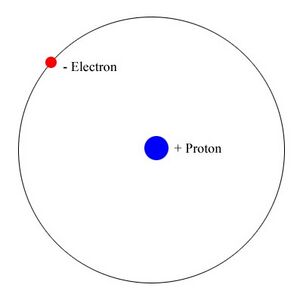User talk:KimberlyWynne: Difference between revisions
Jump to navigation
Jump to search
No edit summary |
|||
| Line 32: | Line 32: | ||
|} | |} | ||
<!-- END OF INFOBOX --> | <!-- END OF INFOBOX --> | ||
Latest revision as of 14:44, 9 September 2009
- Use this page to discuss whether or not (or how much) Kim Wynne is actually awesome.
- Sorry
- I
- can't
- help
- myself
- MatthewHoza
| ||||||||
